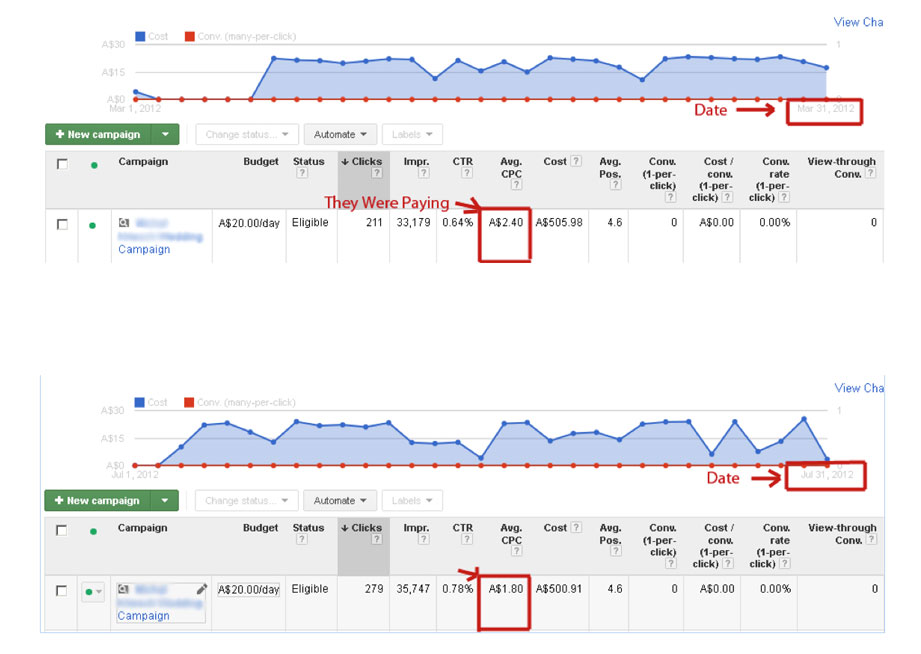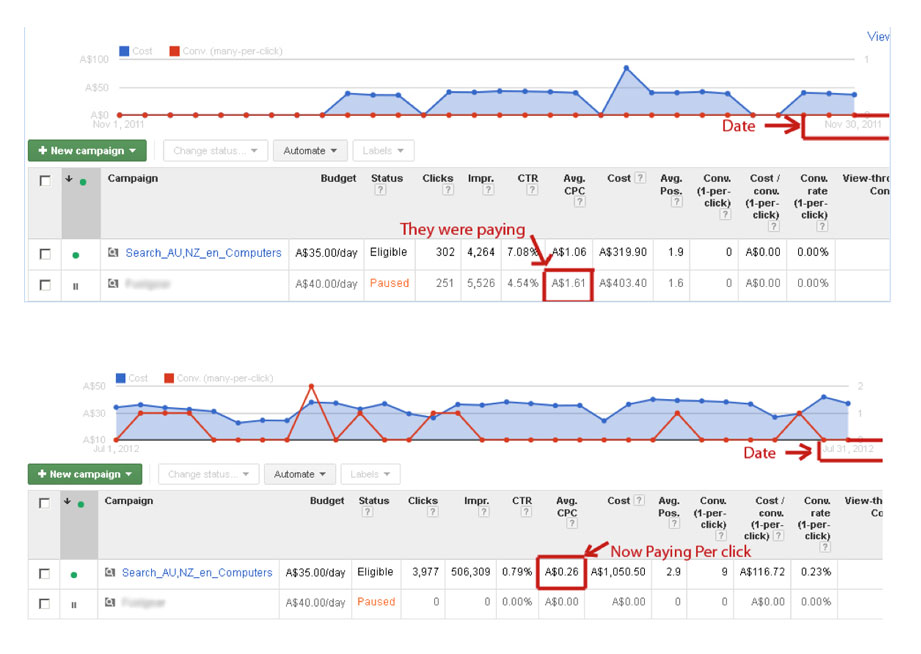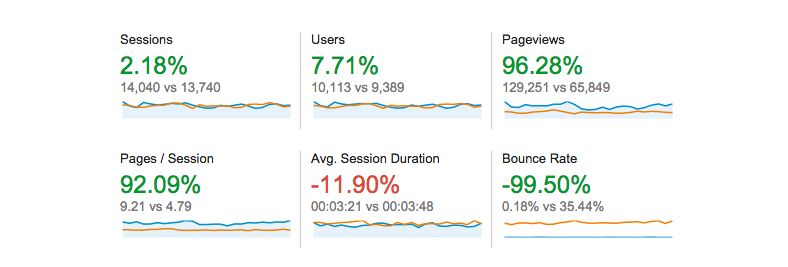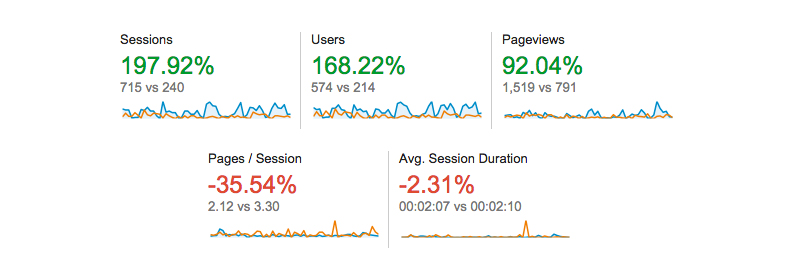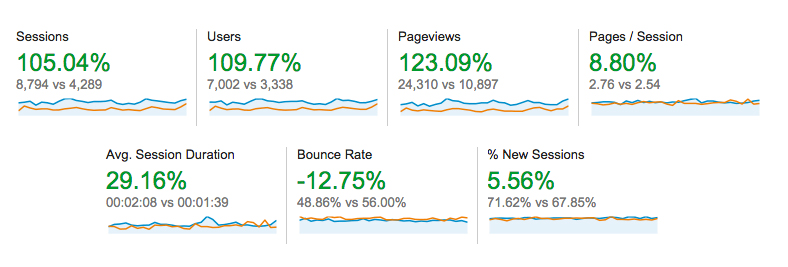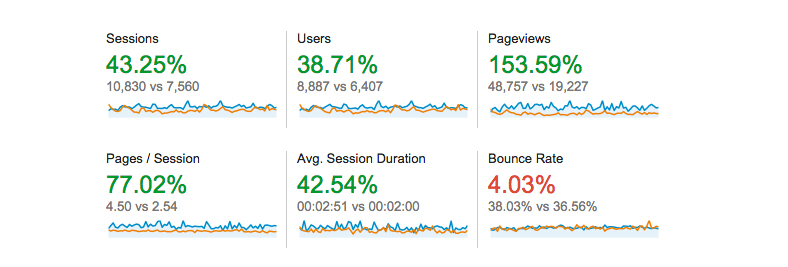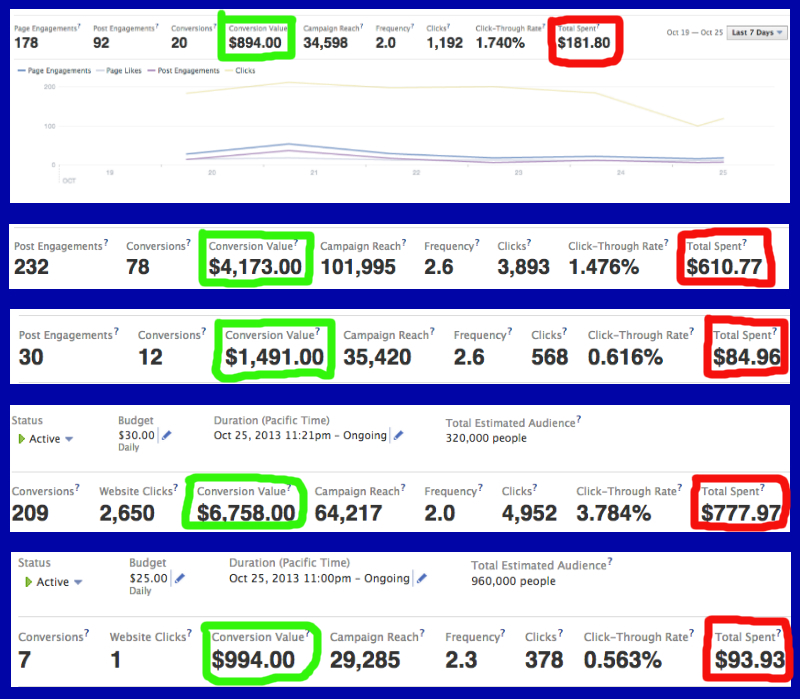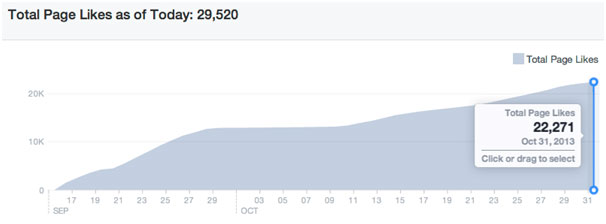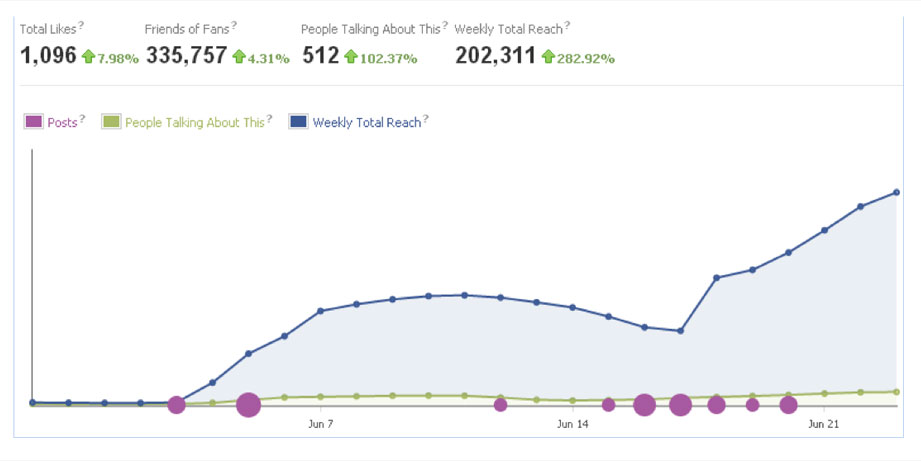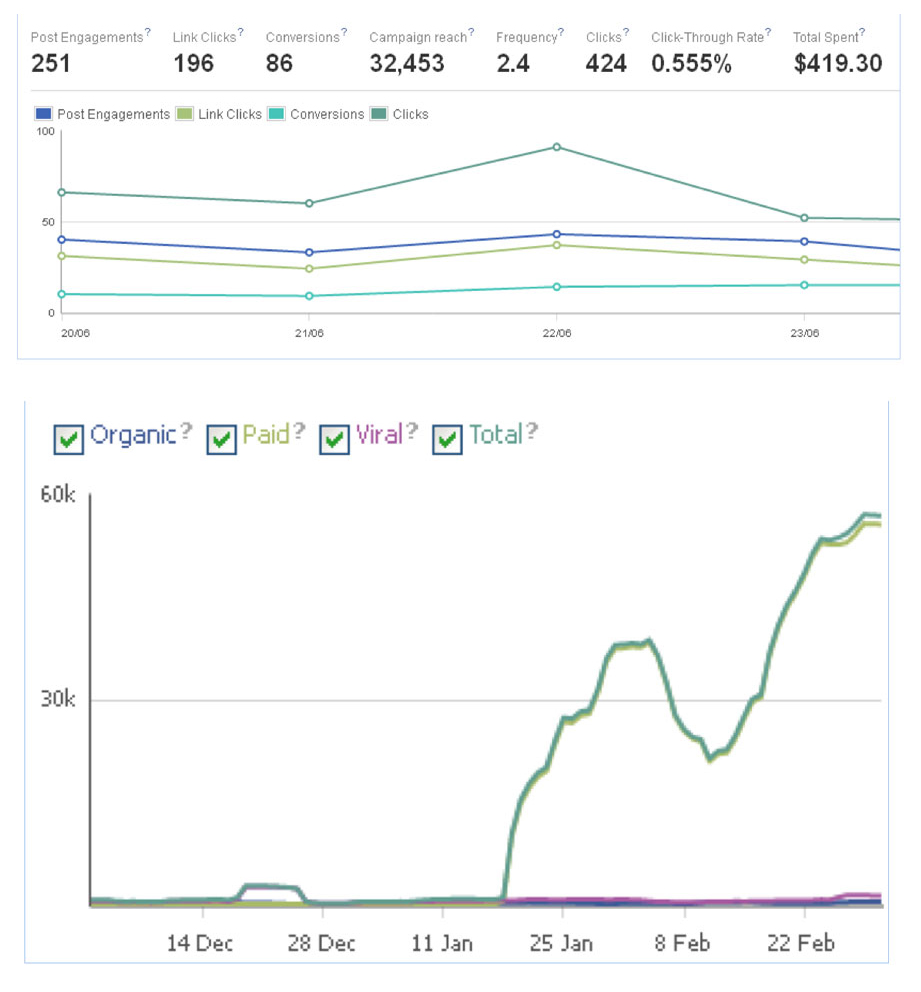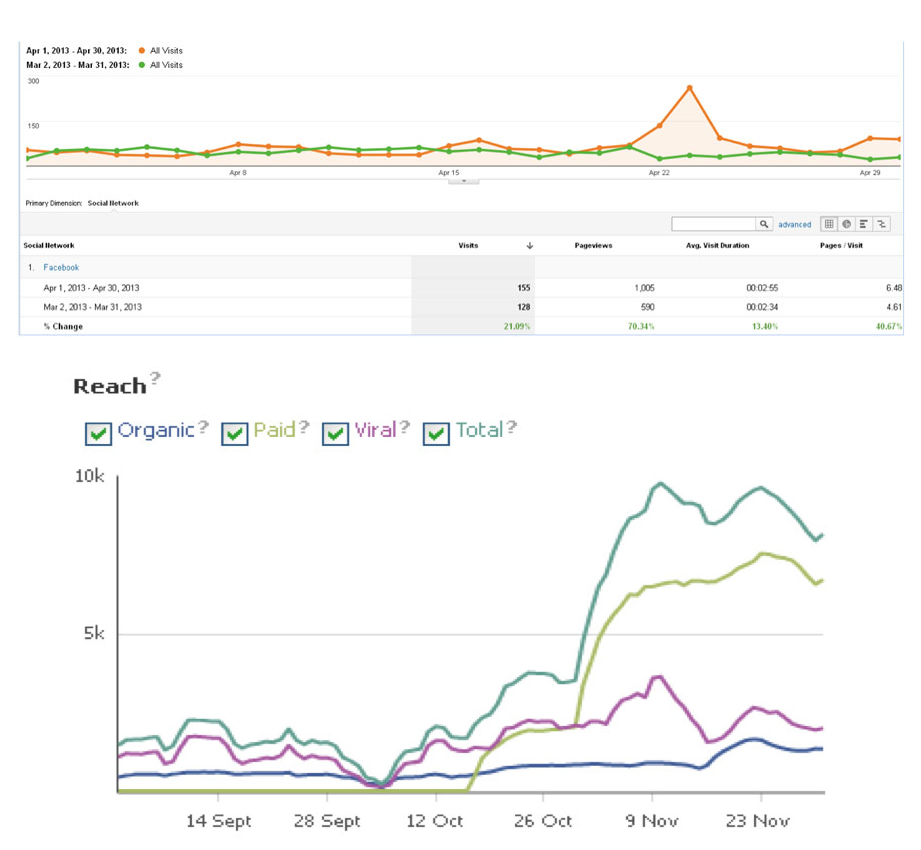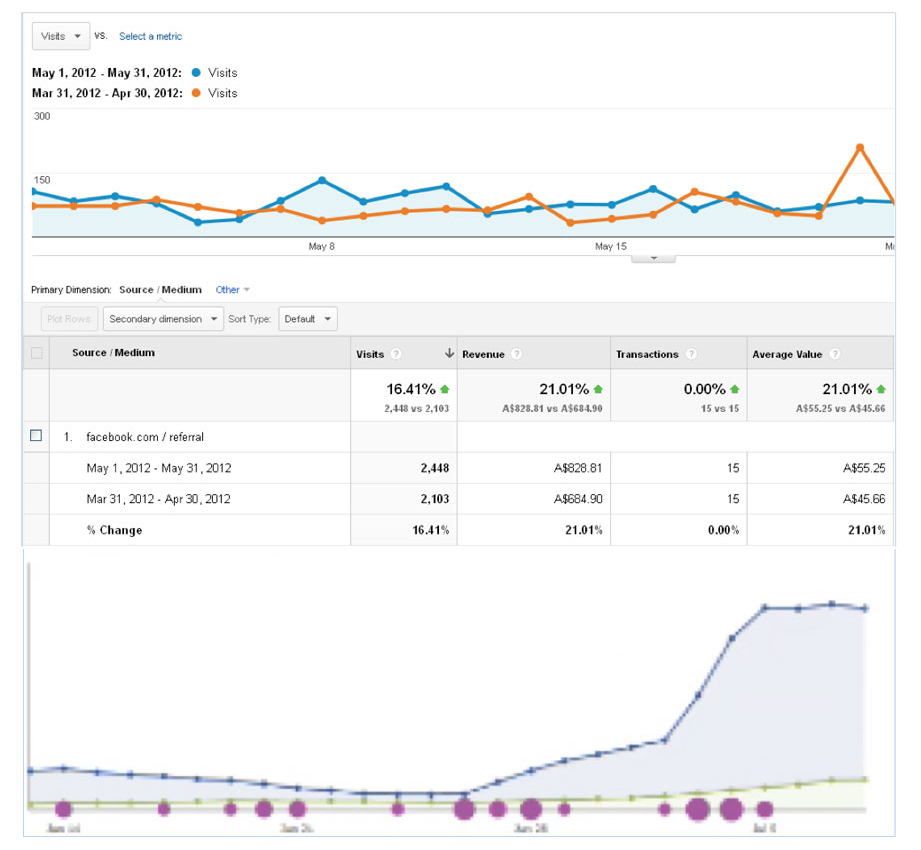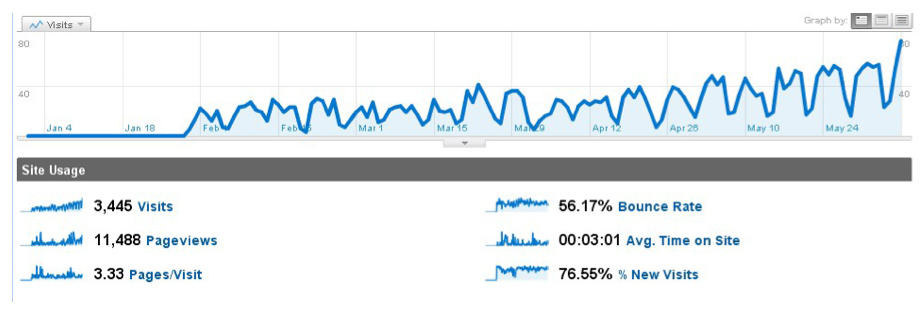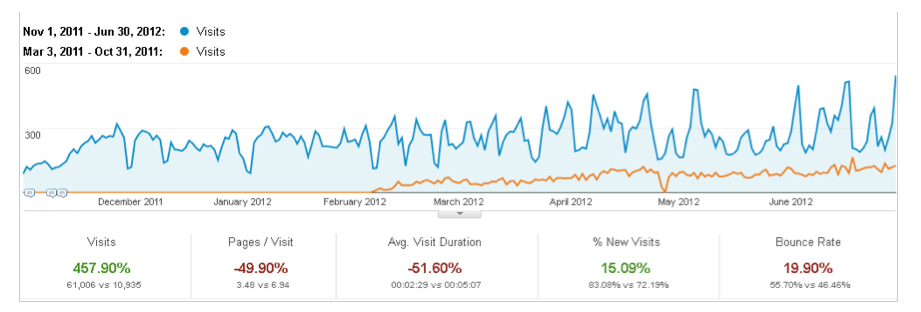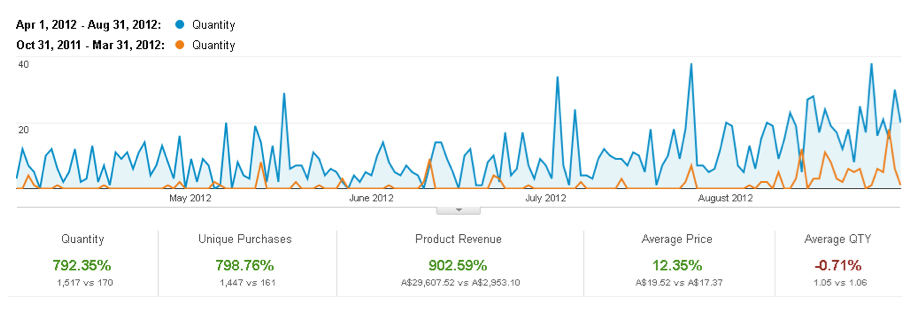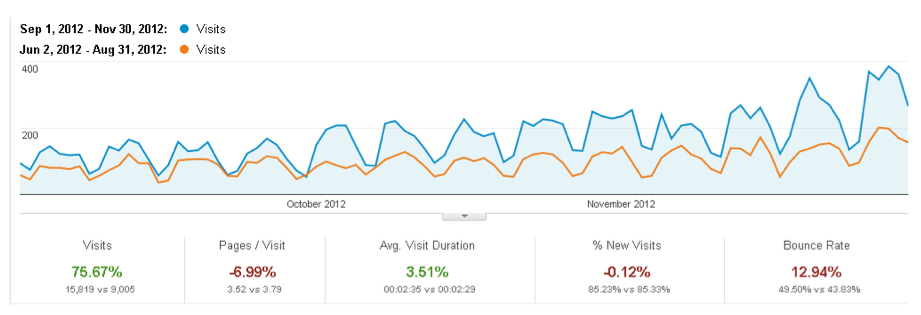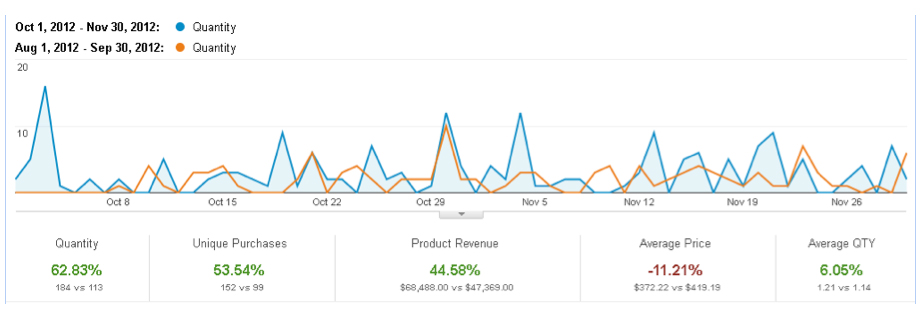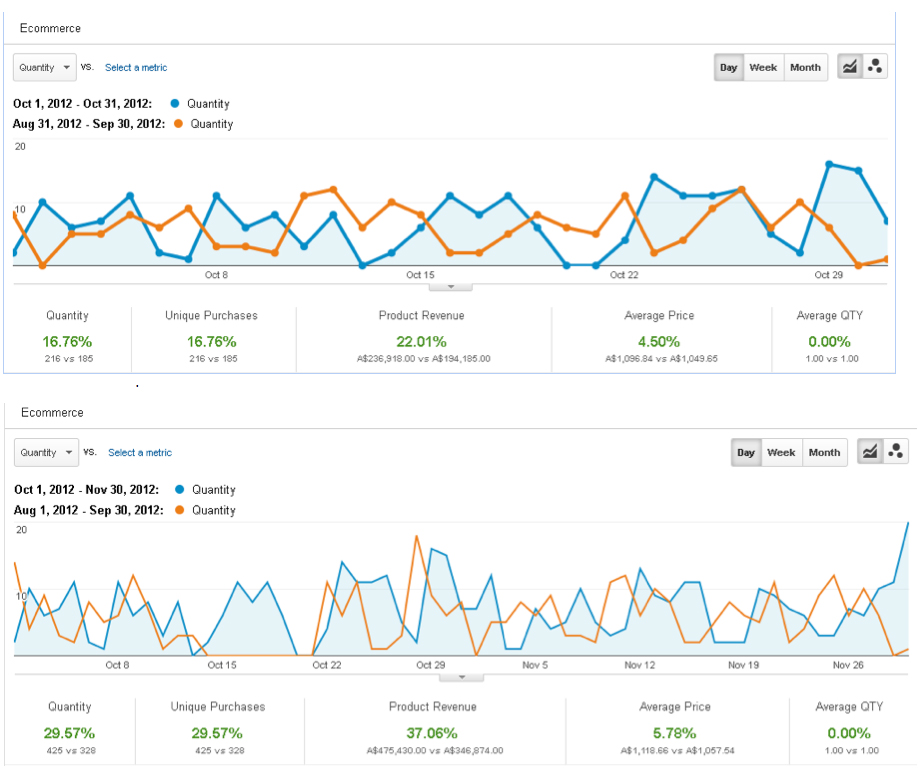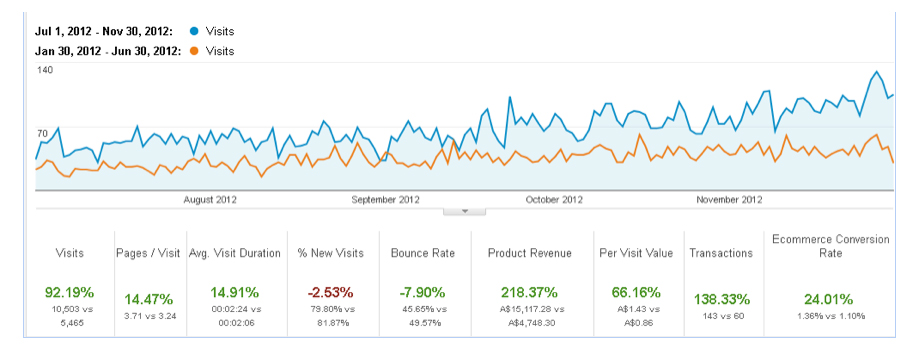 If you have any means of monetising your website, keeping your bounce rate as low as possible is likely one of your highest priorities. This is because the longer visitors spend on your website; the more likely they are to click on ads, make a purchase, download an e-book, or whatever goal it is you want them to take.
If you have any means of monetising your website, keeping your bounce rate as low as possible is likely one of your highest priorities. This is because the longer visitors spend on your website; the more likely they are to click on ads, make a purchase, download an e-book, or whatever goal it is you want them to take.
So how does a website owner lower their bounce rate? Below are some tried-and-true methods that have stood the test of time.
Optimise your website
This is the technical end of lowering your bounce rate. Look for things like slow page load times (anything more than 2 seconds on broadband is unacceptable, less than 1 second is ideal), code that is not standards-compliant (this may cause your page not to display properly on all browsers, alienating visitors), and buggy or slow flash animation. All of these things are off putting to visitors, and will make them look for greener pastures elsewhere.
Rid your website of annoyances
This can include things such as audio playing upon page load (especially without a way for your visitor to easily shut it off), main navigation and features that are below the fold (the visible part of the screen at standard resolution), Overly long chunks of text (limit your paragraphs’ size to 3 to 5 sentences, like these!), and those annoying pop-up windows (nothing will make your audience flee faster).
Show relevant content
This sounds like it should be obvious, but you would be surprised how often websites will start off on one topic, and then waffle or start to go on about other topics. This also applies to showing your audience related relevant content if their expected content is unavailable (this primarily applies to online stores).
Avoid forms with too many steps
Research has shown that the more fields that a website visitor has to fill out, the less likely they are to actually complete the form. To that end, only collect information that you actually need and intend to use! Many people make the mistake of collecting every detail they can about a visitor, on the off chance that it will be relevant later. Don’t fall into this trap!
Engage your visitors
If your visitors have things to do, they are more likely to stick around and actually do them! Ideas for this are endless, but some of the more common and easy to implement are: Social media integration (especially Facebook and Twitter), comment features for articles (everyone loves to give their two cents), a review area for products (see above comment regarding the two cents), a forum for them to use, a way for them to submit questions, a search function… the possibilities are endless!
Of course, there are many other things that can be done to improve bounce rate, but these are the big ones. Do your best to cover these four things, and you should definitely see your bounce rates take a nose dive!




